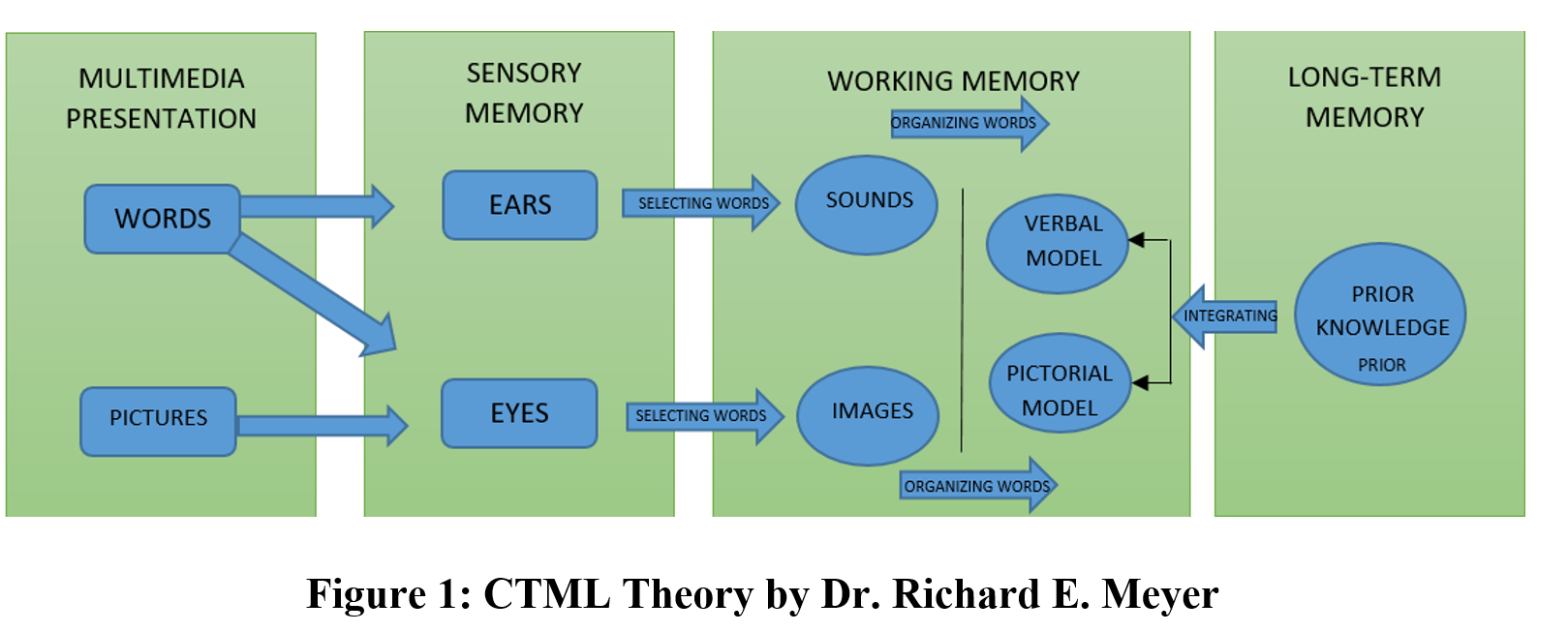Development and Evaluation of Grade 4 Printed and Digitized Reading Materials on Topic Light, Heat and Sound
Main Article Content
Abstract
The aim of this research is to create engaging and informative printed and digitized reading materials for the fourth-grade level regarding Light, Heat, and Sound based on the DepEd curriculum and learners’ materials. The methodology adheres to the ADDIE model with 10 sample respondents as try-out implementation. The developed materials comprised three stories and were evaluated with a DepEd rubric for General Reference Material. The material was further subjected to a readability test that provided reading ease and grade level. The final version of the reading material was converted to a digital form with audio components. The digital version was uploaded to an unlisted YouTube channel for easy dissemination. Based on the evaluation, the average rating is 4.875 on the general reference which translates to “excellent”. On the readability, the two stories achieved a reading ease of 87.8 which is appropriate for 8-9 years old. Its average grade level is 3.1 which is consistent with the target learners. Post-intervention yielded an average of 93% which corresponds to “outstanding”. The study concludes that it is highly possible to create reading material that embeds specific science learning content.
Article Details

This work is licensed under a Creative Commons Attribution-NonCommercial-NoDerivatives 4.0 International License.
References
Adriyawati, Erry Utomo, Yuli Rahmawati, Alin Mardiah (2020). STEAM-Project-Based Learning Integration to Improve Elementary School Students' Scientific Literacy on Alternative Energy Learning. Universal Journal of Educational Research, 8(5), 1863 - 1873. https://doi.org/10.13189/ujer.2020.080523.
Pearson P. D., Dole J. A. (1987). Explicit comprehension instruction: A review of research and a new conceptualization of instruction. Elementary School Journal, 88, 151-165. https://doi.org/10.1086/461530.
Queenslibrary.org, (2013). “EAudiobooks” https://www.queenslibrary.org
Alabama Cooperative Extension System. (2023, April 20). The Importance of Reading Comprehension - Alabama Cooperative Extension System. https://www.aces.edu/blog/topics/home-family-urban/the-importance-of-reading-comprehension/.
Bogaerds-Hazenberg, S. T., Evers-Vermeul, J., & van den Bergh, H. (2022). What textbooks offer and what teachers teach: an analysis of the Dutch reading comprehension curriculum. Reading and Writing, 35(7), 1497-1523. https://doi.org/10.1007/s11145-021-10244-4.
Duke, Nell, K., Ward, Pearson, A., & David, P. (2021). The Science of Reading Comprehension Instruction. Retrieved from https://eric.ed.gov/.
Curran, F. C., & Kitchin, J. D. (2019). Early Elementary Science Instruction: Does More Time on Science or Science Topics/Skills Predict Science Achievement in the Early Grades? AERA Open, 5(3), 233285841986108. https://doi.org/10.1177/2332858419861081.
Elleman, A. M., & Oslund, E. L. (2019). Reading Comprehension Research: Implications for Practice and Policy. Policy Insights from the Behavioral and Brain Sciences, 6(1), 3–11. https://doi.org/10.1177/2372732218816339.
Handi Winarko, E., & Astutik, F. P. (2022). Increasing the Ability to Describe Heat and Sound Energy in the Environment Using Experimental Method in Class IV Students of SDN 1 Sombron. Progres Pendidikan, 3(2), 93–97. https://doi.org/10.29303/prospek.v3i2.241.
Özdemir, E. (2017). Humor in elementary science: Development and evaluation of comic strips about sound. International Electronic Journal of Elementary Education, 9(4), 837-850.
Poliden, S. S. (2013). Graphic Materials as Catalyst in Reading Comprehension. Graphic Materials as Catalyst in Reading Comprehension, 1(1), 9-21. https://doi.org/10.7719/irj.v1i1.200.


